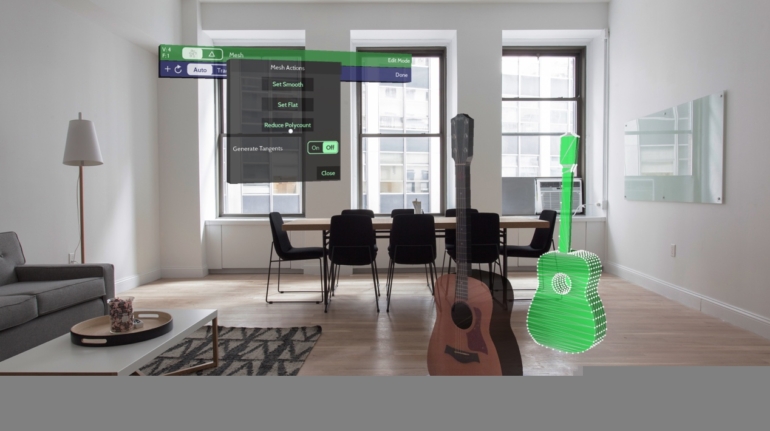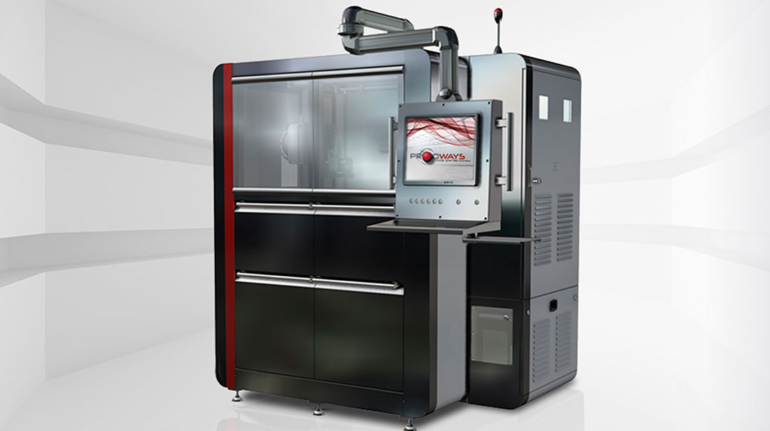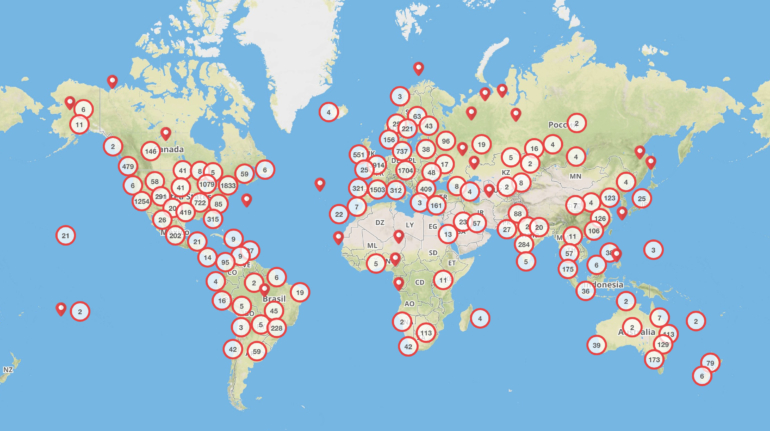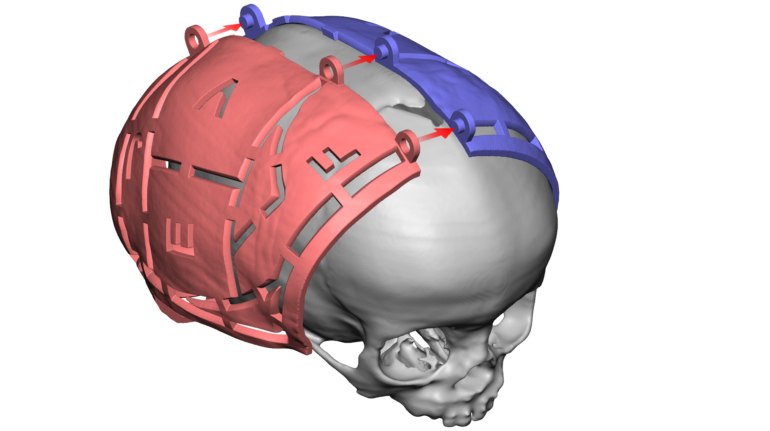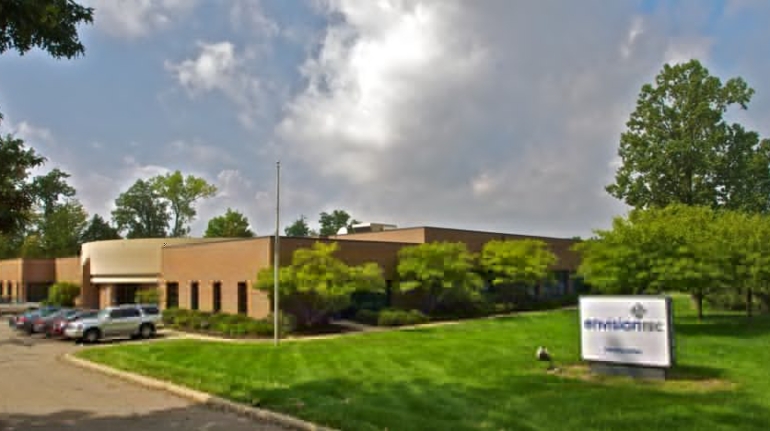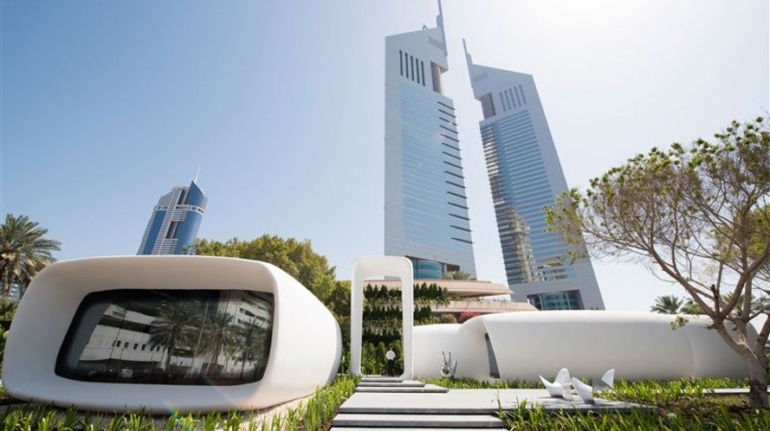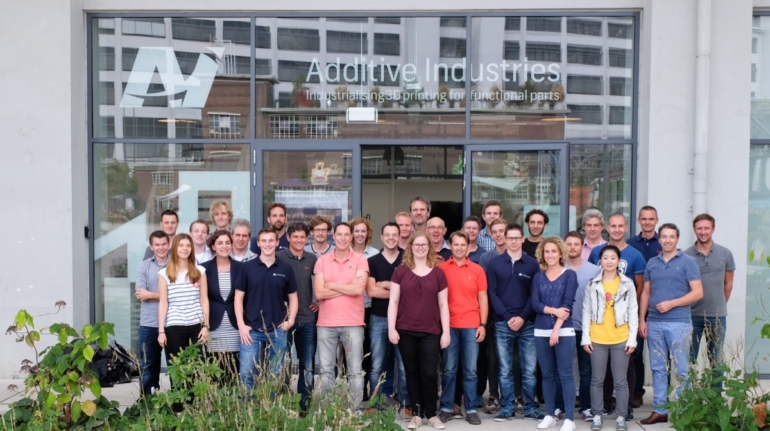Berlin Based 3D Printed Jewelry Retailer Stilnest Is Hiring in Ten Roles 3D Printing Processes
Stilnest connects the most inspiring fashion professionals and their communities through the power of 3D printing. Get exclusive access to fine statements in jewelry pieces that are designed to spread from Berlin to New York, from Capetown to London.


